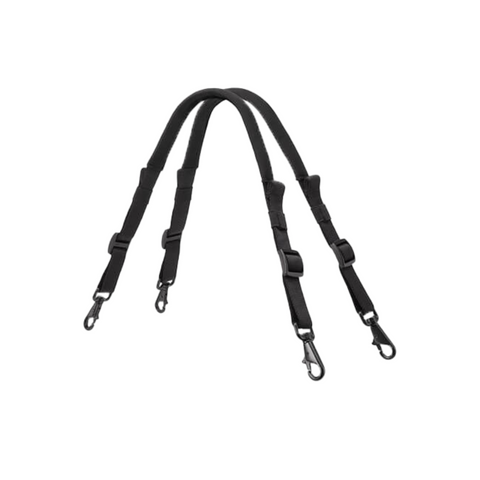When children are hurt, you can often tell by their screams or the expression on their faces. When dogs are in pain or hurting it can be hard to tell.
If you step on their paw accidentally, they may respond with a loud help. However, it is part of the animal instinct not to show they are hurting as the pack may see it as a sign of weakness.
Dogs – particularly older dogs – often show pain in very subtle ways. Because you know your dog’s behaviors better than anyone, please watch out for the following symptoms:
- Limping. By far the most noticeable sign is if your dog favors one leg over the other. He could have a sprain, a fracture or something in his paw.
- Excessive grooming. Normally dogs lick and groom themselves but it can become an obsessive behavior if a cut is hurting or to soothe a wound. Even if the wound is internal, dogs will lick that area to fix the problem.
- Weight loss. Lack of appetite can be a red flag for some sort of discomfort. Normally certain breeds (like Labradors) love to eat. Any reduction in their eating or drinking habits could mean distress.
- Eye changes. Has your dog started to squint? If his eyes hurt, his pupils will get smaller, but if he is experiencing pain in other parts of his body, the pupils will get bigger.
- Heavy panting. A dog will usually pant on hot days or after they have exercised. However, if your pet is stressed or in pain, the panting will become excessive or seem faster and shallower.
- Inability to get comfortable. Just like yourself, if your dog is extremely restless and can’t get settled into a comfortable sleep position, he could be aching or sore.
- Whining and whimpering. Since dogs can’t yell ouch, they communicate that something is not right through yelps.
- Aggression. Is your dog less social? Has he stopped running to the door to greet visitors? Does she not want to be picked up? Is he normally overly friendly but suddenly has turned aggressive (growling and snapping)? Be sure to check them for pain or take him to the vet for further testing.
- Behavioral changes. You may notice that your dog is having trouble getting into the car or walking up stairs, both which can be signs of arthritis as well as other ailments, particularly in older dogs. Also look for stiffness or arched backs. This is the reason the Help’EmUp harness was developed, to ease mobility issues in dogs that may have arthritis, hip dysplasia, etc. See how our dog harness helps to ease your dog’s pain (and your own back pain as well)!
The important thing is early detection. If you take your dog to a veterinarian as soon as the symptoms begin, he/she can begin treatment early and potentially have a better outcome.
You can keep a close relationship with your dog by petting and massaging him regularly. This will help you notice painful cues early on so that you can help your furry friend in times of need.
One note of caution. NEVER give your dog pain killers such as Tylenol, as this can be toxic to pets.



